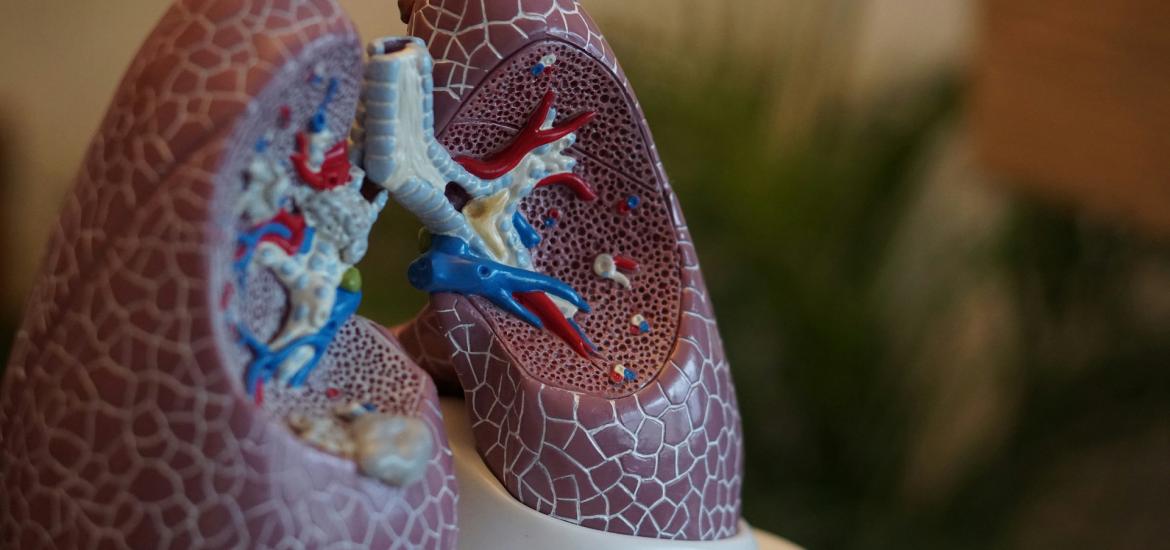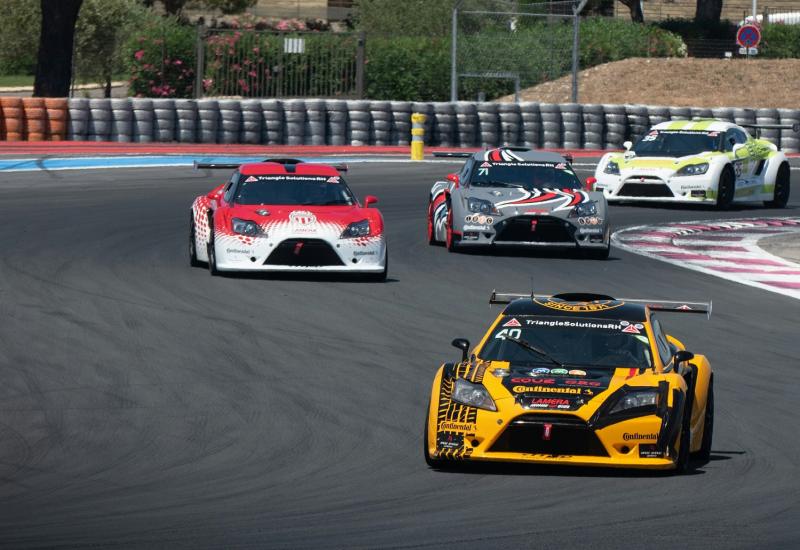
Regeneron’s fianlimab lung test approaches
The company reckons it can outdo Bristol’s relatlimab in first-line NSCLC.
The company reckons it can outdo Bristol’s relatlimab in first-line NSCLC.

Efforts to expand Lag3 inhibitors out of melanoma have so far fallen flat, including in non-small cell lung cancer, where Bristol Myers Squibb’s relatlimab plus Opdivo recently flunked the phase 2 Relativity-104 study. But Regeneron still has hope here for its rival Lag3 MAb fianlimab, and mid-stage data will soon show whether this is justified.
Israel Lowy, Regeneron’s head of translational sciences, oncology, doesn’t see the Relativity-104 results as disappointing for the field. “They indicate that Lag3 adds something to PD-1 and chemo,” he told ApexOnco during the recent ESMO meeting. But he contended that not only is fianlimab a better Lag3 inhibitor, it’s also being combined with a better PD-1 inhibitor, Libtayo.
It will soon become apparent whether he’s right, with two fianlimab first-line NSCLC trials set to yield phase 2 data by the end of the year. One study tests the fianlimab/Libtayo doublet in PD-L1-high patients, while the other is evaluating fianlimab plus Libtayo plus chemo in PD-L1 all comers.
Fianlimab trials in NSCLC
| Trial ID | Phase | Setting | Regimen | Compator | Primary endpoint | Data due |
|---|---|---|---|---|---|---|
| NCT05800015 | 2/3 | 1L NSCLC (PD-L1 all comers) | Fianlimab + Libtayo + chemo | Libtayo + chemo | ORR; OS | First data due H2 2024 |
| NCT05785767 | 2/3 | 1L NSCLC (PD-L1 ≥50%) | Fianlimab + Libtayo | Libtayo | ORR; OS | First data due H2 2024 |
| NCT06161441 | 2 | Perioperative NSCLC | Fianlimab + Libtayo + chemo | Libtayo + chemo | pCR | Primary completion Sep 2025 |
Source: OncologyPipeline & clinicaltrials.gov.
Relativity-104, meanwhile, tested relatlimab plus Opdivo, versus Opdivo plus chemo, in all comers.
Lowy described that control arm as an “inferior regimen” to Libtayo plus chemo, noting that Opdivo plus chemo isn’t approved in first-line NSCLC – Opdivo is instead combined with Bristol’s CTLA4 inhibitor Yervoy.
“We’re starting from a higher basal level of activity with Libtayo plus chemo, then a better Lag3,” Lowy said. “The fact you can get responses [with Lag3] in lung cancer gives us hope that we’ll see a significant increase.”
Better?
Based on studies in melanoma, fianlimab does appear to have an edge over relatlimab, although this is far from definitively proven. Fianlimab is still awaiting pivotal first-line melanoma data, while a fixed-dose combination of Opdivo (480mg) and relatlimab (160mg) is already approved, as Opdualag.
In lung cancer, Bristol is using a different dosing regimen: 360mg Opdivo and 360mg relatlimab. The first part of Relativity-104 also looked at a 720mg relatlimab dose, but ultimately this wasn’t taken forward.
“We’re not encountering the same tox profile that limited their ability to go up,” Lowy said. “There is something different about the antibodies.”
While he’s hopeful, he conceded that the evidence so far has come in a small number of patients. In an NSCLC cohort of Regeneron’s phase 1 solid tumour trial, fianlimab plus Libtayo produced a 27% overall response rate among 15 PD-(L)1 inhibitor-naive patients – rising to 50% among six treatment-naive patients.
The phase 2 portions of Regeneron’s ongoing trials have ORR as their primary endpoints; if the trials progress to their phase 3 portions, overall survival will become the main focus.
Despite the failure of Relativity-104, Bristol has pushed into its own phase 3 trial, Relativity-1093, testing relatlimab plus Opdivo, versus Keytruda plus chemo, in patients with PD-L1 expression of 1-49% – the subgorup that performed best in phase 2.
Merck's Lag3 contender, favezelimab, also recently failed in another solid tumour, colorectal cancer; that project previously disappointed in first-line NSCLC. Meanwhile, Roche slipped the discontinuation of its PD-1 x Lag3 bispecific, tobemstomig, into its Pharma Day presentation at the end of September.
If Regeneron truly has the better Lag3 drug and combo, it won’t need to resort to cherrypicking to move into pivotal studies. The group’s next steps should become clear next year.
1634













